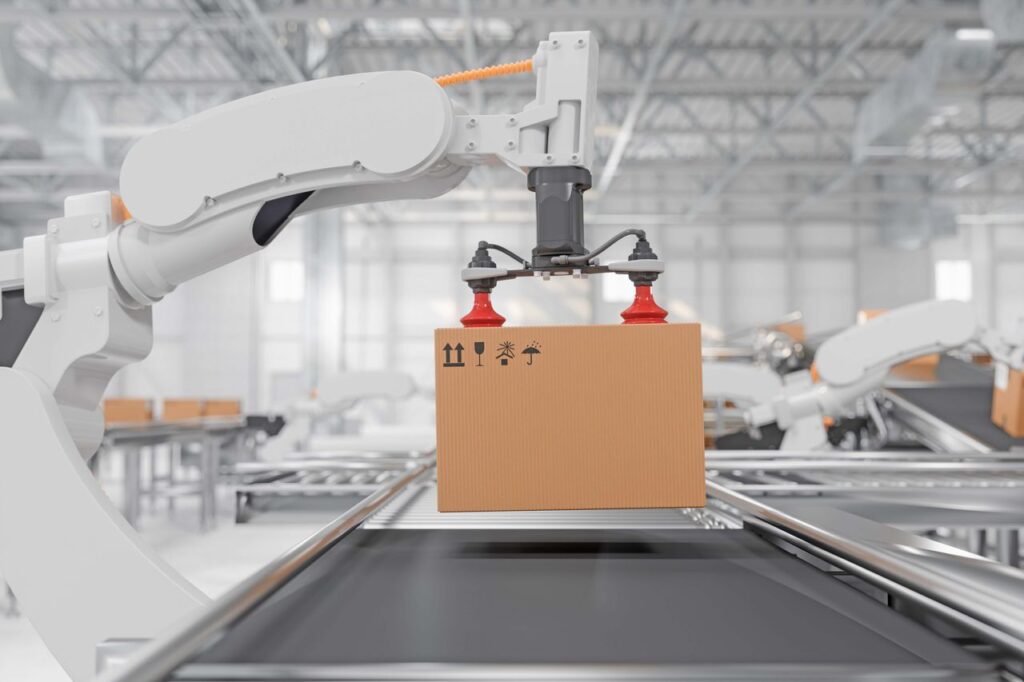What if your digital farm started to think? If machines could not only execute tasks but also analyze, predict, and even adapt? This is where the AI enterprise comes in, and the role of the scheduler takes on a new dimension, that of AI-driven orchestration.
AI, the new engine: Artificial intelligence is no longer an option; it’s a catalyst for transformation in automation. The scheduler becomes the intelligent conductor.
Observability, the eyes of AI: For AI to make good decisions, it needs to see what’s happening. Observability (the ability to understand the state of the infrastructure) provides the data AI needs to act. The scheduler consumes and provides this data. It’s like having a farm manager with cameras everywhere and intelligence capable of analyzing everything in real-time.
“Intelligent” and “self-healing” tools: AI enables tools to become more “self-healing” and “self-managing.” The modern scheduler increasingly integrates AI for predictive analysis, anomaly detection, and real-time dynamic recommendations. Problems are identified before they impact your deadlines, like predicting a tractor breakdown before it happens.
Orchestration of AI/ML workflows: With AI, new types of workflows emerge, particularly those related to machine learning (ML). The scheduler must not only manage these flows but also ensure that datasets remain up-to-date and automate the “re-engineering” of algorithms if necessary. This is what we call Machine Learning Operations (MLOps).
Democratization of automation: AI can make automation more accessible. More intuitive interfaces, “low-code/no-code” (little or no code), allow a greater number of users, even non-technical ones (“citizen developers”), to create their own automations.
Axway Automator contributes to this observability by feeding an ElasticSearch Data Lake with its events and statistical information. You can then create reporting portals with Grafana or Kibana for better visibility. It can also send events to a supervision tool like Axway WideVision for a business vision of automation, for example, to identify which customer is impacted by a poor execution of a processing chain. This is essential to provide AI with the data necessary for its “reasoning.”
The integration of AI is a major investment for scheduler providers, who seek to improve their offerings and anticipate new market trends. 91% of respondents consider it important or extremely important that WLA integrates AI-enhanced orchestration capabilities.
In summary, the scheduler in the AI enterprise is the promise of automation that no longer just executes but learns, adapts, and optimizes autonomously.
Axway Automator, with its integration and observability capabilities, positions itself as a fundamental pillar to provide the data and orchestrate the actions necessary for this new era of intelligent automation, ensuring unmatched performance and resilience. It’s the transition from a rigorous conductor to a true brain that thinks, anticipates, and reacts for you.
Beyond Traditional Automation: Discover the SOAP Revolution with Axway Automator
